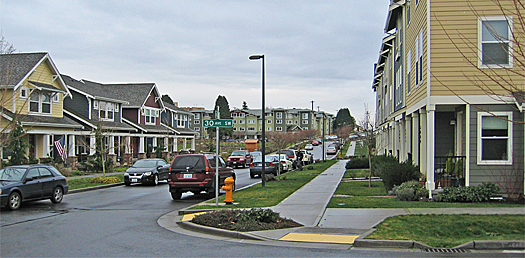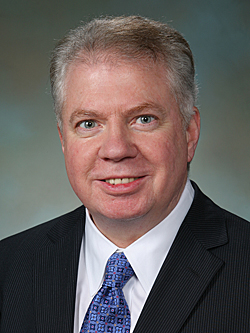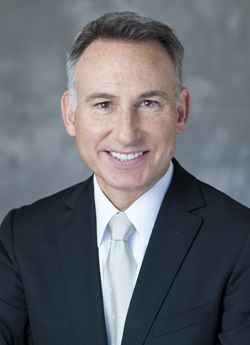Affordable Housing Key to Livable Communities

You’ve probably heard about King County’s housing affordability problem. Median home prices in King County recently shot past their bubble-era peak to land at over $530,000 in March. For those of us who have been out of the housing market for a while, that statistic may not feel very relevant. Unfortunately, older adults are not immune to increasing property taxes and rising rents. In fact, the average one-bedroom rent in Seattle was over $1,700 last month, and almost as high or higher in other parts of King County. Add to that the high costs of medical care and other services, and many seniors find themselves in a real budget crunch.
Recent AgeWise King County articles have highlighted the Senior/Disabled Property Tax Exemption and Deferral programs and the City of Seattle’s Utility Discount Program. While these programs are important, the reality is that we also need a lot more housing—an additional 936 senior units per year just to keep from falling further behind, according to the “Quiet Crisis” report. Fortunately, new planning efforts are underway that, if successful, will help solve this problem.

Seattle Mayor Ed Murray proposes to build 50,000 housing units over the next 10 years.
The City of Seattle’s Housing Affordability and Livability Agenda (HALA) is a multi-pronged, multi-year strategy. In September 2014, Mayor Ed Murray and the Seattle City Council called together community leaders to help develop a bold agenda for increasing the affordability and availability of housing in Seattle by convening a Housing Affordability and Livability Advisory Committee. The 28-member stakeholder committee published a report with 65 recommendations to consider. Mayor Murray responded to their recommendations with his roadmap to make Seattle affordable, a path to reach his goal of 50,000 new homes, including 20,000 new homes for low- and moderate-income people, over the next decade.
One of the proposed strategies to meet this ambitious goal is the renewal of the Seattle Housing Levy, which expires at the end of 2016. Since 1981, Seattle voters have approved one bond and four levies to create affordable housing. Seattle has now funded over 12,500 affordable apartments for seniors, low- and moderate-wage workers, and formerly homeless individuals and families, plus provided homeownership assistance to more than 800 first-time low-income homebuyers, and emergency rental assistance to more than 6,500 households. Mayor Murray has proposed placing levy renewal on the August 2016 ballot. With voter approval, the expanded levy would provide $290 million over seven years for affordable housing.

County Executive Dow Constantine plans to build affordable housing and promote support services like case management, employment assistance, education, and other services.
King County is also working hard to address affordability throughout the county. For example, the most recent update of the King County Comprehensive Plan contains a new chapter on Housing and Human Services with new affordable housing goals. In February, King County Executive Dow Constantine announced a series of actions to confront homelessness and create additional affordable housing. These actions included $7 million for capital projects that will create an additional 237 units of affordable housing and $10 million in rental assistance, funds to operate affordable housing, and funds for support services to help families and individuals remain stably housed.
A common theme in all these efforts is a recognition of the extent of the affordability problem and that, when it comes to housing, one size does not fit all. While our region anticipates a severe shortage of low-income senior apartments in coming years, these planning efforts also emphasize the need for housing diversity and have laid the groundwork for innovative approaches such as accessory dwelling units and co-housing that provide options for seniors and multi-generational families.
As the older adult population grows, we will also need to continue planning, building, and staffing housing facilities addressing a broad continuum of needs, including independent living, assisted living, supportive housing, adult family homes, and skilled nursing facilities, as well as a system of in-home services and supports that allows seniors to age in place. Clearly, addressing our affordability challenge will often involve working across sectors to foster collaboration among developers, housing providers, government agencies, and community-based service providers.
Jon Morrison Winters, a planning and development specialist at Aging and Disabilities Services, compiled the information in this article. Jon currently works on Area Plan objectives related to livable communities, including housing and community mobility. Jon can be contacted at Jon.MorrisonWinters@seattle.gov or 206-684-0654.
Photo credit: Housing photo at top by Brett VA, accessed on Flickr Creative Commons at www.flickr.com/photos/smart_growth/4574405327.
![AgeWise King County [logo]](https://www.agewisekingcounty.org/wp-content/themes/agewisekingcounty/images/logo.png)